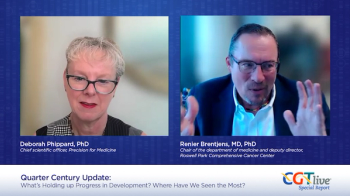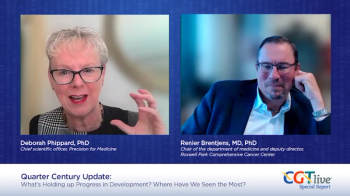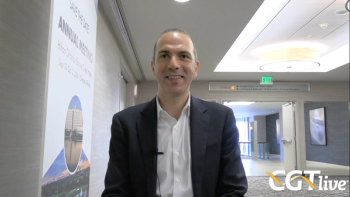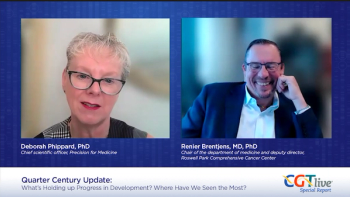
Solriamfetol Receives Schedule IV Designation for EDS in Narcolepsy, OSA, ABO-202 Gene Therapy Granted Fast Track Designation for Batten Disease, NfL Shows Multi-disease Usefulness
Neurology News Network for the week ending June 22, 2019.
This week, Neurology News Network covered the designation of Jazz Pharmaceuticals' solriamfetol as a Schedule IV medication for excessive daytime sleepiness associated with narcolepsy or obstructive sleep apnea, ABO-202, a potential therapy for infantile Batten disease, being granted fast track designation, and new study findings that suggest that neurofilament light in the cerebrospinal fluid has multi-disease use as a biomarker for neuroaxonal damage (transcript below).
Jenna:
Welcome to Neurology News Network. I’m Jenna Payesko. Let’s get into the news from this week.
Jazz Pharmaceuticals’
Solriamfetol is the first and only FDA-approved dual-acting dopamine and norepinephrine reuptake inhibitor, and will be commercially available in the United States in once-daily 75 mg and 150 mg tablets in July 2019, according to Jazz.
In May, Abeona was cleared to begin a phase 1/2 clinical trial, evaluating its novel therapy for treatment of Batten disease, following acceptance by the FDA of its investigational new drug application. The company is expected to provide guidance as to the timing of the clinical trial later this year.
New study findings suggest that
The investigators noted that there may be a need for age- and sex-specific, as well as possibly disease-specific, reference values when using cNfL as a biomarker.
As an ultrasensitive assay has already been developed for serum NfL’s use in MS, serum NfL may ultimately replace CSF NfL, though the investigators wrote that these findings can be readily translated.
For more direct access to expert insight, head to neurologylive.com. This has been Neurology News Network. Thanks for watching.
Newsletter
Stay at the forefront of cutting-edge science with CGT—your direct line to expert insights, breakthrough data, and real-time coverage of the latest advancements in cell and gene therapy.










































